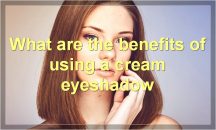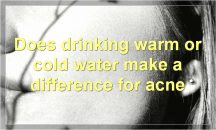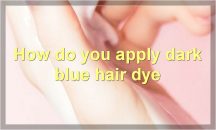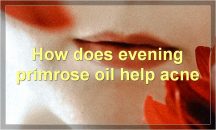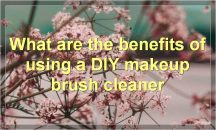Acne is a skin condition that affects people of all ages, but it is most common in teenagers. Acne occurs when the pores of the skin become clogged with oil and dead skin cells. The best acne removal tools are those that can help to remove the excess oil and dead skin cells from the pores, while also keeping the skin hydrated.
What are some popular acne removal tools
Acne is one of the most common skin problems that people of all ages suffer from. While there are many different treatments available, some people prefer to use natural acne removal tools.
There are a number of different natural acne removal tools available on the market. Some of the most popular ones include:
Apple Cider Vinegar: This is a popular natural acne removal tool as it has antibacterial and antiseptic properties. It can be used as a toner or applied directly to the skin with a cotton ball.
Tea Tree Oil: This is another popular natural acne removal tool as it also has antibacterial and antiseptic properties. It can be used as a spot treatment or added to your regular facial cleanser.
lemon juice: This is a popular natural acne removal tool because it acts as a natural astringent and helps to dry out the skin. It can be applied directly to the skin with a cotton ball or added to your regular facial cleanser.
Honey: This is a popular natural acne removal tool as it has antimicrobial properties and helps to soothe the skin. It can be used as a face mask or added to your regular facial cleanser.
These are just a few of the many popular natural acne removal tools available. If you are suffering from acne, talk to your dermatologist about which option may be best for you.
How do acne removal tools work
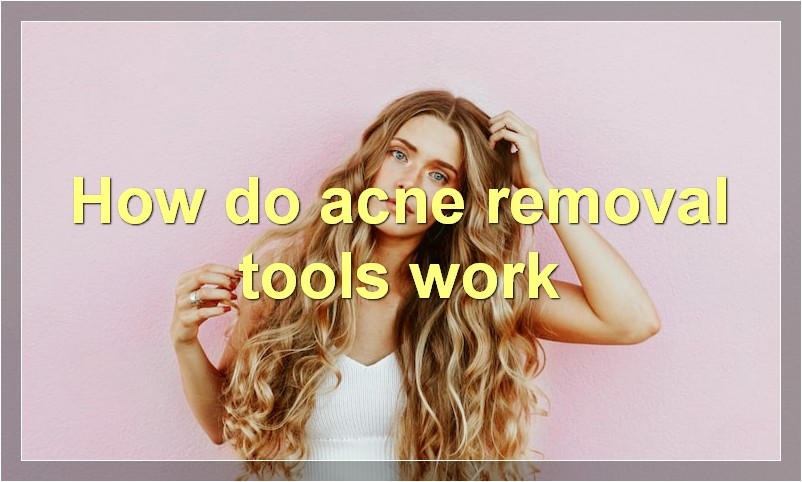
Do you suffer from acne? If so, you’re not alone. Acne is the most common skin condition in the United States, affecting up to 50 million Americans annually. While there are many over-the-counter and prescription treatments available, some people prefer to use acne removal tools. But how do these tools work?
Acne removal tools are designed to remove pimples, blackheads, and whiteheads from the skin. Most tools are made of stainless steel or another type of metal and have a small loop or other pointed end. The user simply presses the tool against the skin, above the blemish, and applies pressure. This pops the pimple or blackhead, allowing the contents to be removed from the pores.
Some people believe that acne removal tools are more effective than traditional treatments because they allow for targeted removal of blemishes. Others find them to be painful and prefer other methods of acne treatment. Ultimately, the best method of acne removal is one that works for you and your skin type.
What are the benefits of using an acne removal tool
Acne removal tools offer a number of benefits for those suffering from acne. Perhaps the most obvious benefit is that they can help to remove pimples, blackheads and other blemishes from the skin. This can help to improve the appearance of the skin and make the sufferer feel more confident.
Acne removal tools can also help to reduce the inflammation and redness associated with acne. By helping to clear the pores and remove excess sebum, they can help to reduce the chances of new pimples forming. In some cases, they can also help to reduce the size of existing pimples.
Finally, acne removal tools can help to exfoliate the skin. This can remove dead skin cells which can block pores and lead to breakouts. Exfoliating also helps to stimulate cell turnover, which can improve the overall health and appearance of the skin.
There are a number of different types of acne removal tools available on the market. The most popular include comedone extractors, pore strips and facial brushes. However, it is important to choose a tool that is suitable for your particular skin type in order to avoid irritation or further breakouts.
Are there any risks associated with using an acne removal tool
Acne is a common skin condition that can be unsightly and embarrassing. Acne removal tools are devices that are used to remove pimples, blackheads, and other blemishes from the skin.
There are several different types of acne removal tools available on the market, including comedone extractors, pore vacuums, and light therapy devices.
Comedone extractors are small, hand-held devices that have a loop or cup-shaped tip. The device is placed over a pimple or blackhead and the loop is squeezed to apply pressure to the blemish. This pressure pops the pimple or blackhead, allowing the contents to be extracted from the pore.
Pore vacuums are another type of acne removal tool. These devices use suction to remove dirt, oil, and dead skin cells from the pores. Pore vacuums typically have multiple heads that can be swapped out depending on the size of the pores being treated.
Light therapy devices use either LED or infrared light to kill bacteria and reduce inflammation. Light therapy is often used in conjunction with other acne treatments, such as topical creams or oral medications.
There are some risks associated with using acne removal tools. The most common complication is skin irritation. The skin around the treated area may become red, swollen, and tender. If you experience any pain or discomfort, stop using the device immediately and consult your dermatologist.
Other potential risks include scarring, infection, and changes in skin pigmentation. Acne removal tools should only be used under the supervision of a dermatologist or other qualified skin care professional.
How often should you use an acne removal tool
Acne is a common skin condition that affects people of all ages. While there are many treatments available, one of the most effective is using an acne removal tool. But how often should you use this tool?
The answer depends on a few factors, including the severity of your acne, the type of tool you’re using, and your skin’s sensitivity. For mild acne, you may only need to use the tool once a week or so. For more severe acne, you may need to use it multiple times a day.
If you’re using a manual tool, like a comedone extractor, be sure to sterilize it before each use. And be gentle! Don’t press too hard or you could damage your skin.
If you’re using an electronic tool, like a sonic brush or dermaplaning device, follow the manufacturer’s instructions. These devices are usually safe to use daily.
No matter what type of tool you’re using, stop immediately if you experience any pain, irritation, or other discomfort. And always consult a dermatologist if your acne is severe or doesn’t respond to over-the-counter treatments.
Which acne removal tool is right for me
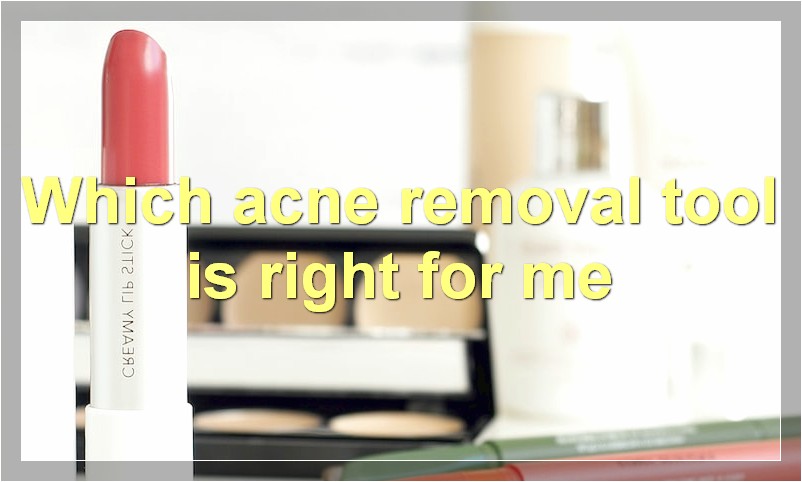
When it comes to acne removal, there are a variety of tools available on the market. So, which one is right for you? Let’s take a look at some of the most popular options:
1. Acne extraction tool: This tool is typically used by dermatologists to remove whiteheads and blackheads. It consists of a small, curved instrument that is placed over the blemish and then pressed down to extract the contents.
2. Benzoyl peroxide: Benzoyl peroxide is a topical acne treatment that kills bacteria and helps to dry up excess oil. It is available in a variety of formulations, including gels, creams, and lotions.
3. Salicylic acid: Like benzoyl peroxide, salicylic acid is a topical acne treatment that dries up excess oil and helps to kill bacteria. It is available in both over-the-counter and prescription strength formulations.
4. Laser therapy: Laser therapy uses concentrated beams of light to destroy acne-causing bacteria. It can be done in a doctor’s office or clinic, and is often used in combination with other acne treatments.
5. Light therapy: Light therapy uses either intense pulsed light (IPL) or blue light to kill acne-causing bacteria. It can be done in a doctor’s office or clinic, and is often used in combination with other acne treatments.
6. Acne surgery: Acne surgery is a last resort option for treating severe acne. It involves the removal of the sebaceous glands that produce excess oil. This procedure is usually done in a hospital or clinic setting under general anesthesia.
7. Accutane: Accutane is a prescription medication that is taken orally to treat severe acne. It can be effective in treating even the most stubborn cases of acne, but can also have serious side effects, so it should only be used as a last resort option.
Now that you know some of the most popular acne removal options, it’s time to consult with a dermatologist to find out which one is right for you.
How do I use an acne removal tool
Acne removal tools are becoming increasingly popular as people look for ways to get rid of their acne. But how do you use an acne removal tool? In this article, we’ll take a look at how to use an acne removal tool, what to look for in a good acne removal tool, and some of the benefits of using an acne removal tool.
Acne removal tools are usually small, handheld devices that come with a variety of attachments. The most common attachment is a small, sharp, metal loop. This attachment is used to remove blackheads and whiteheads. Other attachments include a small brush head or a suction cup.
To use an acne removal tool, first, disinfect the area you’ll be working on with alcohol. Then, gently press the metal loop against the blackhead or whitehead. Apply pressure and twist the tool back and forth until the blemish pops out. Finally, rinse the area with warm water and apply a light moisturizer.
When shopping for an acne removal tool, look for one that’s made from stainless steel or another non-reactive material. Also, make sure that the attachments are easy to change and clean. And finally, consider getting an acne removal tool that comes with a carrying case so you can keep it clean and protected when you’re not using it.
There are many benefits to using an acne removal tool. For one thing, it can help you get rid of blackheads and whiteheads quickly and easily. It can also help to prevent new blemishes from forming. And finally, using an acne removal tool can help to exfoliate your skin, which can improve its overall appearance.
What are some tips for getting the most out of an acne removal tool
Acne is a problem for many people, but there are ways to get rid of it. One way is to use an acne removal tool. Here are some tips for getting the most out of an acne removal tool:
1. Make sure that the area around the pimple is clean. This will help the tool work more effectively.
2. Put the tool on the pimple and press down gently. Do not press too hard or you may hurt yourself.
3. Move the tool in a circular motion. This will help to loosen the pimple and make it easier to remove.
4. Rinse the area with clean water after you have removed the pimple. This will help to prevent infection.
5. Repeat this process as needed until the pimple is gone.
What should I do if I experience any side effects from using an acne removal tool
If you experience any side effects from using an acne removal tool, there are a few things you can do. First, try using the tool less often. If that doesn’t help, try using a different acne removal tool. Finally, if all else fails, consult a dermatologist.
Where can I find an acne removal tool
When it comes to acne, there are a lot of different removal tools out there. But which one is the best for you? Here is a list of the most popular acne removal tools, so you can find the perfect one for your needs.
1. AcneFree24: This tool is designed to remove acne quickly and easily. It uses two different tiers of suction to target both surface and deeper pimples.
2. AcneVac: This tool uses a unique vacuum technology to suck up pimples and blackheads. It also includes a built-in light to help reduce inflammation.
3. Clarisonic Mia 2: This tool uses sonic waves to cleanse the skin and remove dirt, oil, and makeup. It also helps to reduce the appearance of pores.
4. PMD Personal Microderm: This tool uses exfoliating crystals to remove dead skin cells and unclog pores. It also includes a massaging head to help improve circulation.
5. Zeno Hot Spot: This tool uses heat to target pimples and help reduce redness and swelling. It also comes with a carrying case for easy transport.
No matter which acne removal tool you choose, make sure to follow the instructions carefully to avoid irritation or damage to your skin.
